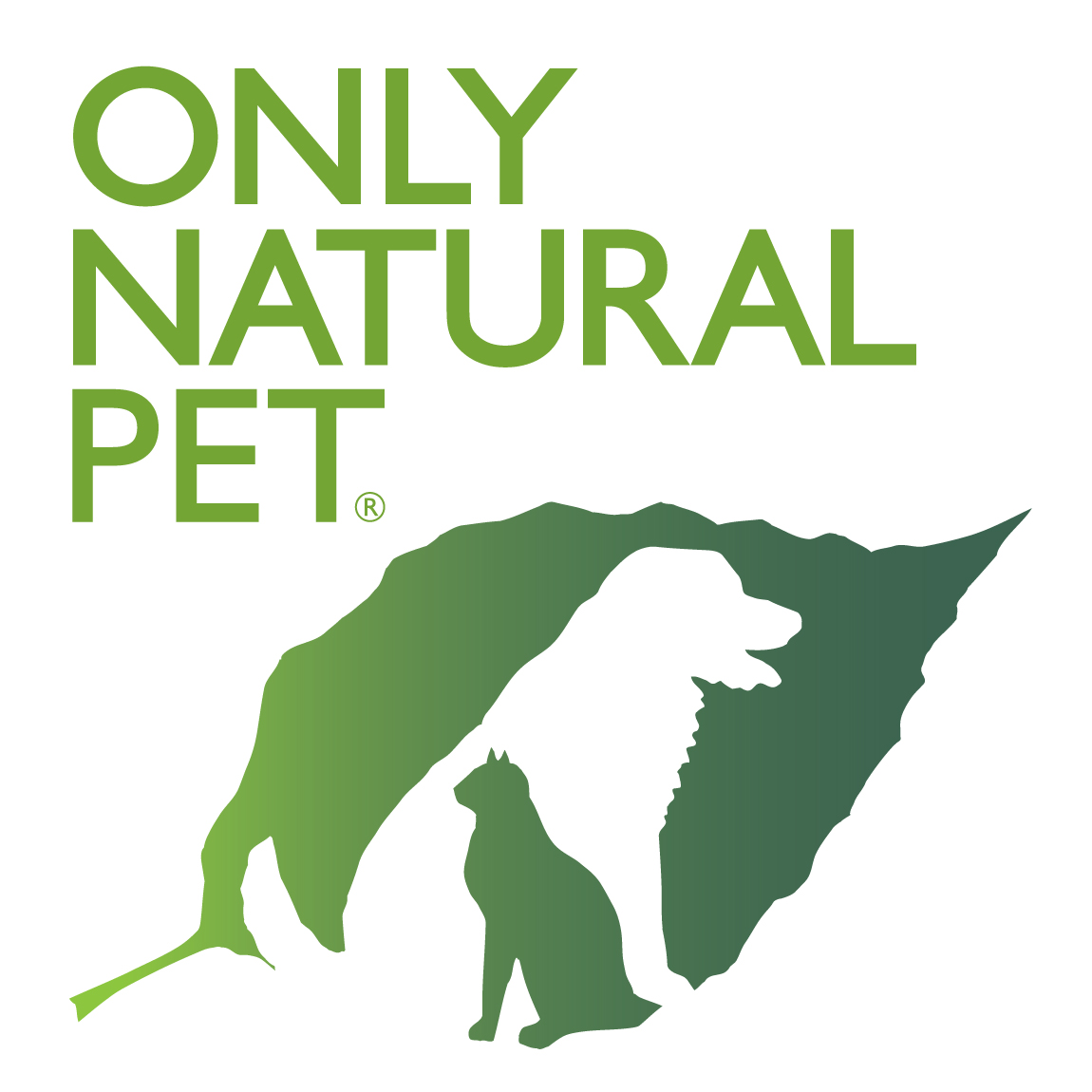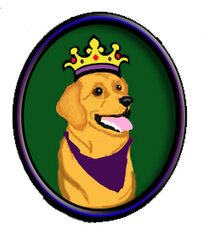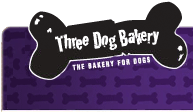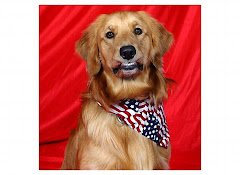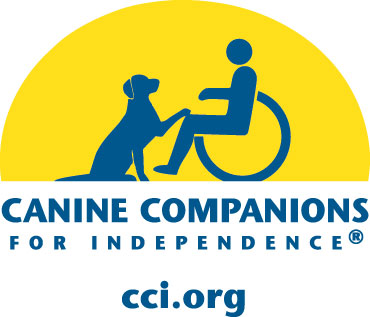Read more!

This article was referred to me by Carolyn Friedman from Radiologytechnicialschools.net.
15 Amazing Facts About Therapy Dogs
Therapy dogs perform the exact same function as their name implies. These gentle, altruistic animals interact with humans suffering from chronic mental or physical conditions - usually at hospitals, elder care centers, and rehabilitation clinics - and provide the patients with a conduit for lowering blood pressure and quelling anxieties. Both these canine friends and their owners deserve as many accolades as they can get for the wonderful services they perform for the suffering masses.
1. They can help children learn how to read.
Many people tend to associate therapy dogs with assisting those with physical impairments, but their value actually extends beyond those boundaries. The Children Reading to Dogs program offered through Therapy Dogs International provides kids who struggle with the written word a nonjudgmental environment in which to practice. The dogs sit quietly and patiently while the children read to them, allowing them to improve upon both their skills and self-confidence without intimidation or fear of becoming the butt of the cruel jokes often unfairly heaped on the learning disabled.
2. They have been used in libraries. TDI’s Children Reading to Dogs program has been utilized in libraries as another way to encourage a confident consumption of books. Frequently hosted in conjunction with summer or after school reading events, the synthesis between the 2 institutions does nothing but promote the importance of literacy while simultaneously providing a gentle atmosphere for reading practice. It makes sense that public and private libraries alike would find Children Reading to Dogs an attractive partner, even though it initially seems unorthodox to utilize canine companions in such a setting.
3. They don’t always have to be formally trained.
Full-time therapy dogs obviously require intensive training if they hope to be used in hospitals, nursing and retirement homes and other institutions desiring their assistance. However, more sedate pets can serve as therapy animals on a part-time, volunteer basis. The Visiting Pet Program in New Orleans, for example, welcomes pet owners with gentle dogs, cats, guinea pigs and rabbits and sends them to hospitals, retirement homes and other convalescent centers to provide love and support for the patients. Participating requires $10 and a short orientation session, though similar organizations in different cities will have their own set of special requests.
4. Any breed can be a therapy dog.
Every breed between the Great Dane to the Chihuahua holds the potential to become a first-rate therapy dog. Organizations dedicated to their training and utilization rarely - if ever - discriminate on the basis of whether or not a canine candidate comes from popular, PR-friendly stock. A sweet-natured Doberman or pit bull is far more likely to end up granting solace to a cancer patient than a high-strung golden retriever. Certifying bodies care more about how effective an individual animal will prove in a therapeutic situation than whether or not they’ll elicit squeals of delight.
5. Seizure-alert dogs do NOT always predict epileptic events.
Some individuals suffering from epilepsy or similar conditions take advantage of therapy dogs to assist them during and after the onset of a seizure. They are capable of recognizing and alerting their masters and mistresses of an incoming event, but Jenna Martin of Epilepsy.com warns that such an ability is not always guaranteed. Anyone involved with a therapy dog specifically trained to work with seizure sufferers should understand that their main function is to act as a loving companion that keeps them safe and comfortable during and after incidents - NOT as an early warning system.
6. Certification requires considerable training for humans, too.
Dog owners hoping to bring a little light to a nursing home or children’s hospital alongside their companions may want to go through the training and certification process - if they choose not to go through an informal, volunteer organization, of course. The more ardent handlers will have to undergo a battery of intensive classes alongside their pet(s) to ensure that both parties understand the liabilities involved as well as how to properly serve the patients in a gentle, soothing manner. Some institutions may require any therapy animals that pass through their doors to boast certification as well, though such things are not necessarily universal.
7. Use of therapy dogs dates back to World War II.
Some believe the history of therapy dogs started with Corporal William Wynne’s adoption of a small Yorkshire Terrier named “Smokey” after finding her abandoned on a New Guinea battlefield. Not only did she prove indispensible as an engineering and communication tool, but the sweet little dog also made waves when she visited Wynne during his recovery from a disease! Smokey brightened the day not only for her master, but his fellow patients as well. The famed Dr. Charles Mayo noticed how the tiny Yorkie brought great cheer to the soldiers, taking her on his rounds and allowing her to snuggle up to Wynne at night. She ended up enjoying a satisfying career as a therapy dog for 12 years!
8. Formal therapy dog programs began in 1976.
After witnessing firsthand how well her patients responded to a chaplain’s golden retriever, nurse Elaine Smith established an organization devoted exclusively to training and certifying qualified dogs for use as therapy animals. Her strategy caught on, and canine companions regularly bring love and attention to the elderly, cancer patients, diabetics, people with high blood pressure and others with chronic conditions. Smith launched a wonderful, altruistic movement that brought joy to millions of suffering people, and the standards she set for proper training and certification are still in use today.
9. There are thousands of therapy dogs in the United States alone.
Therapy Dogs International, as of 2009, boasted over 21,000 teams of dogs and handlers. It remains one of the largest and most well-respected organizations dedicated to training and certifying dogs for therapeutic use in hospitals, nursing homes, rehabilitation centers and more. But they are obviously not alone in their endeavors! A plethora of nonprofits such as The Delta Society and Therapy Dogs of Vermont also dedicate their time and resources to bringing fuzzy, loving joy to people suffering from devastating conditions. It stands to reason that thousands more therapy dogs exist than the ones registered with TDI.
10. There are 2 distinct kinds of therapy dogs.
Therapeutic Visitation Dogs and Animal Assisted Therapy Dogs are the 2 different types of therapy dogs, each with their own unique set of responsibilities and expectations. The former, obviously, predominantly serves as a therapy animal through visits only. Light play and calm repose lift the spirits of patients and lower blood pressure and anxiety. Animal Assisted Therapy Dogs, on the other hand, are assigned to specific patients suffering from physical or mental maladies that require more intensive attention. The disabled, the elderly, epilepsy patients and others adore therapy dogs for providing both a conduit for emotional decompression as well as assistance in getting through everyday challenges.
11. Volunteers go individually or in groups.
Shyer handlers nervous about their maiden voyages into the world of therapy dogs have little to fear. Many of the organizations they can join up with offer opportunities for them to visit hospitals or nursing homes in a group setting rather than flying solo. This is also an ideal situation for hopeful volunteers with somewhat erratic schedules that may prevent them from coming in as regularly as they would like. As reticence begins to dissolve and time begins getting freed up, therapy dog handlers can then move on to taking their pets out alone if they so desire.
12. Therapy dogs are NOT service dogs.
Animal Assisted Therapy Dogs may provide amazing assistance to their mistresses and masters, but they are not entitled to the same legal standing as their peers trained and registered under the nomenclature of Service Dog. The former, for example, is not allowed in establishments who do not allow pets. The latter, however, enjoys a dispensation when it comes to leading blind, deaf or similarly disabled individuals through a daily routine. Both perform extremely similar functions, but fall under entirely different legal statuses.
13. Therapy dogs wear special jackets.
When therapy dogs are on the job, they typically sport colorful jackets to alert staff members and patients of their status. It serves as a quick reminder that they belong on the premises and can be trusted by anyone they encounter. Beyond that, though, the jackets also help prevent shedding that can compromise sanitation, irritate allergies and look rather disgusting. Some programs also request that handlers sport matching togs as well…purely for identification purposes, of course.
14. Some therapy dogs take residence at a facility.
Probably unsurprisingly, many convalescent, elderly and rehabilitation homes with the proper resources enjoy keeping a therapy dog on campus. Rather than relying on the schedules of individual volunteers, they always have a canine companion on call to sow the seeds of comfort and joy. Other dogs take up residence in homes where individuals with physical or mental difficulties could use a hand with their daily routines. Still others end up as companions to prison inmates, who train them to succeed as therapy pets as part of their own respective rehabilitation processes.
15. Many strays become therapy dogs.
Hallmark only wishes it could capture heartwarming stories like this. Strays facing the misfortune of euthanasia for the crime of simply being born and neglected have gained a second chance in life as therapy dogs. As with their comparatively more pampered peers with homes and loving families, they still serve the exact same functions in nursing homes, hospitals, rehabilitation centers and more. Time caught up with many of these animals and the owners who granted them a brand new purpose.
Any calm, considerate dog can become a therapy pet for a human suffering from a chronic condition. Look into utilizing their natural charm and love to bring a smile to a patient’s face and make life seem that much more hopeful.
Read More......














